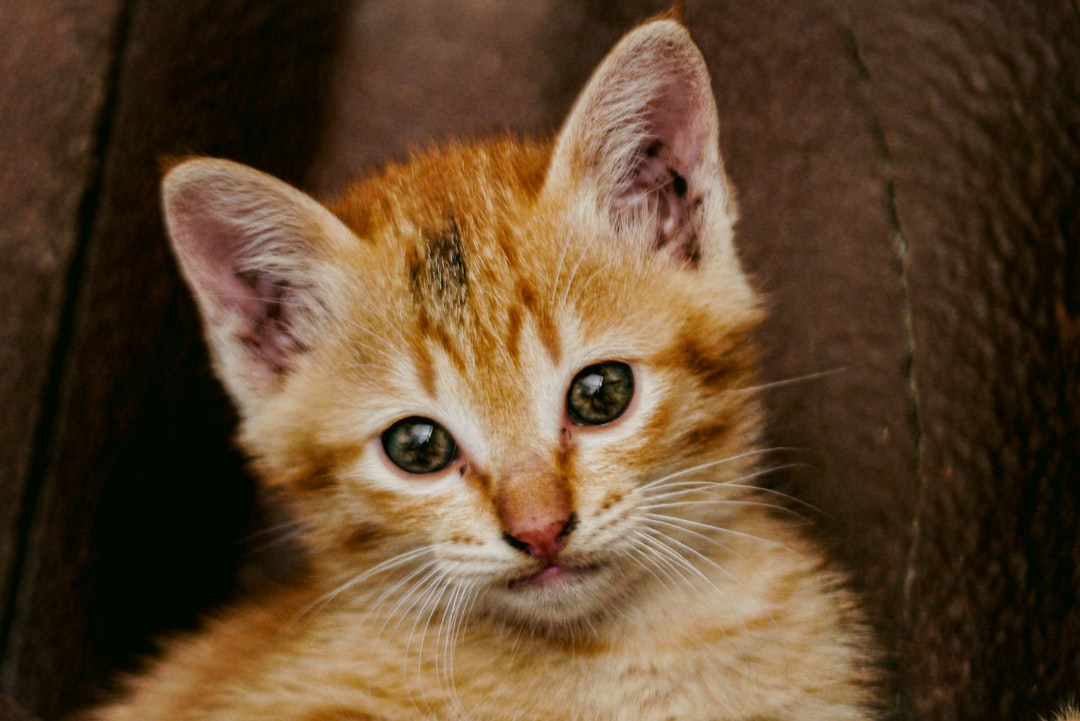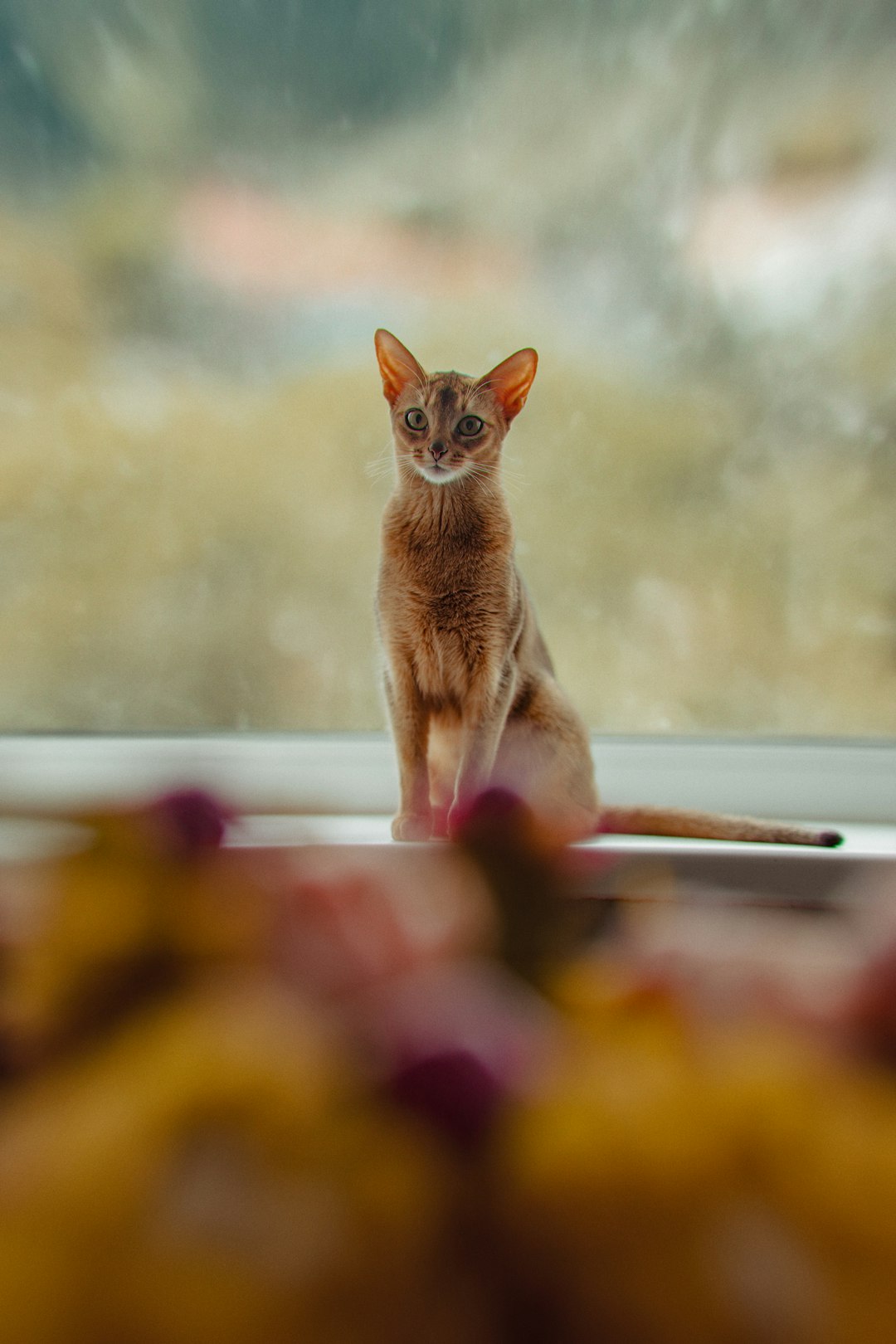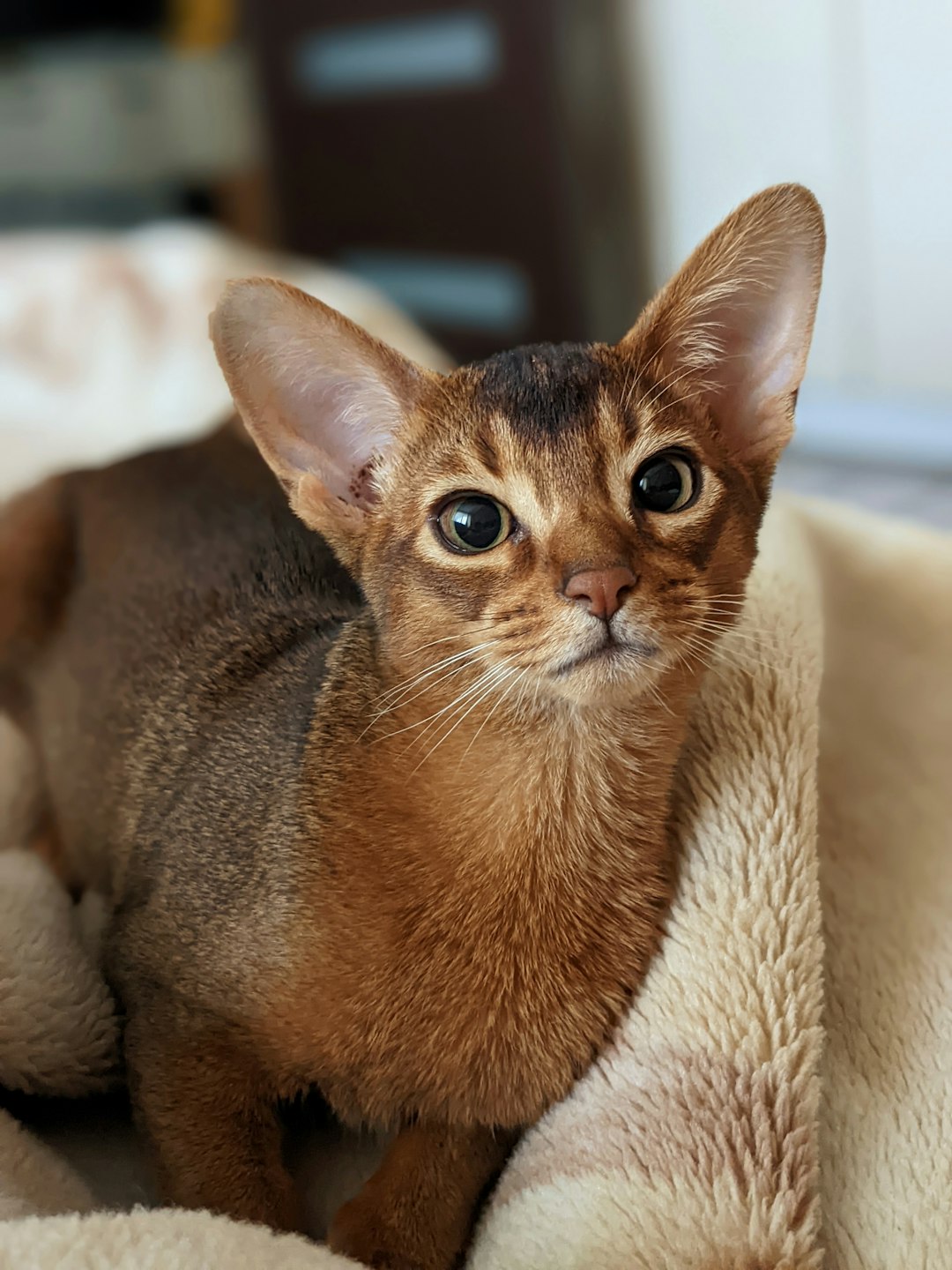The blend of Bengal and Domestic Shorthair cats creates a unique mix that captivates feline enthusiasts. Known for their striking features and playful personalities, a Bengal and Domestic Shorthair cat mix combines the best traits of both breeds. With a rich history behind each parent breed, understanding their characteristics can help potential owners appreciate the special qualities their mixed breed cat possesses. In this blog post, we will explore their physical traits, behaviors, health concerns, and grooming needs to help you provide the best care for your delightful feline friend.
Origin of Bengal Cats
The Bengal cat boasts a fascinating history that traces back to the wild. Originally bred from the Asian leopard cat, this breed emerged in the 1970s when enthusiasts sought to create a domesticated cat with a striking appearance. Here are some key points about the origin of Bengal cats:
- Ancestry: The first Bengals resulted from a cross between the domestic cat and the wild Asian leopard cat.
- Breeding Goals: Breeders aimed to combine the leopard cat’s stunning coat patterns with the friendly demeanor of domestic cats.
- Recognition: The breed gained official recognition by The International Cat Association (TICA) in 1983, increasing their popularity among cat lovers.
- Aesthetic Appeal: Bengals are renowned for their unique, spotted coats that resemble that of a wild cat, making them a highly sought-after breed.
When paired with a Domestic Shorthair, the bengal and domestic short hair cat mix inherits a blend of these intriguing traits, offering a unique combination of beauty and companionship. Understanding their origins helps pet owners appreciate their behavior and health needs.
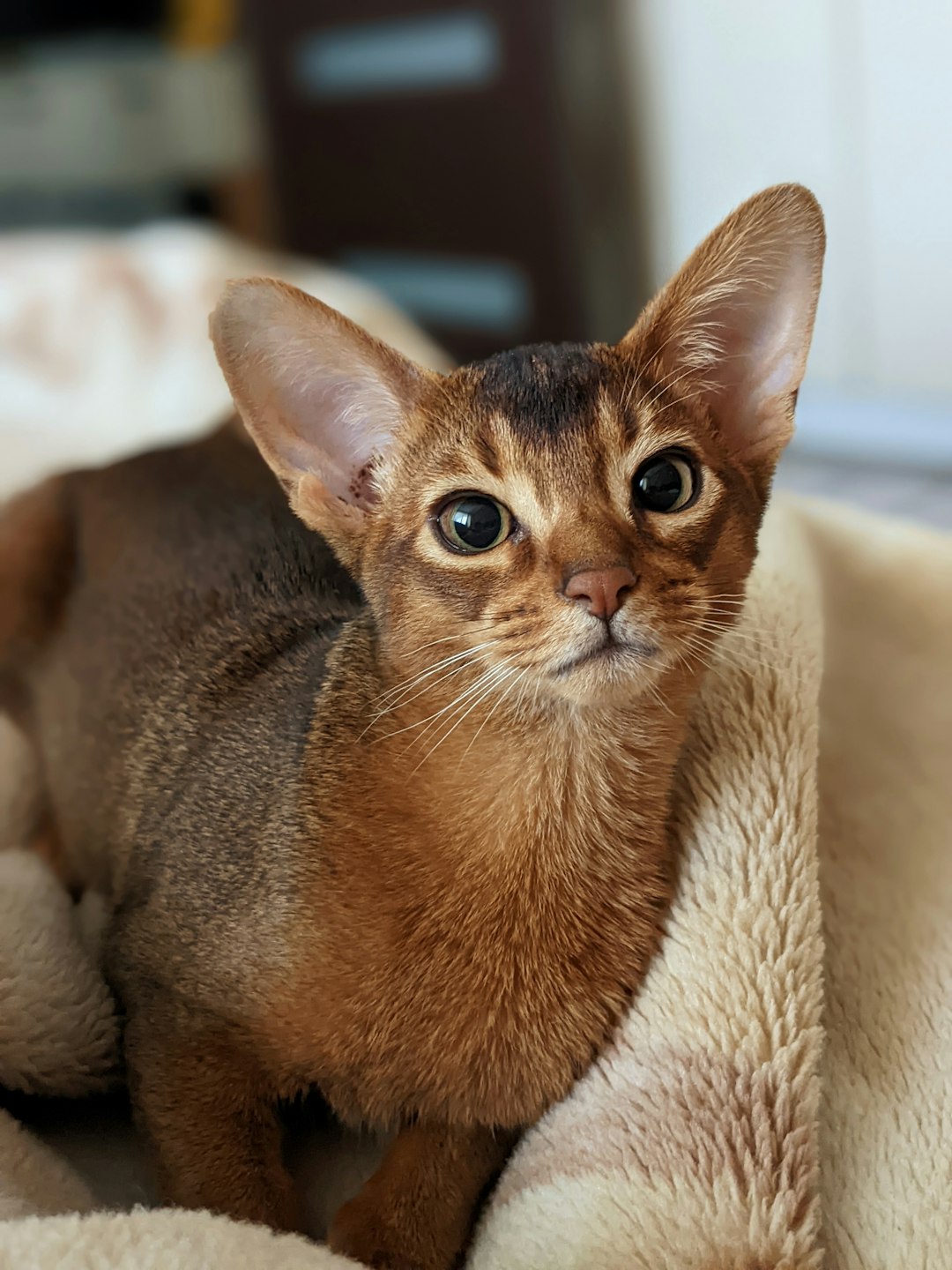
Characteristics of Domestic Shorthair Cats
Domestic Shorthair cats are known for their vibrant personalities and diverse appearances. Here are key characteristics that define this breed:
Variety of Colors and Patterns: Domestic Shorthairs come in an array of colors including gray, orange, black, and white, often displaying unique patterns like tabby, calico, or solid.
Size and Build: These cats usually have a medium to large build, characterized by a muscular frame and rounded faces, which give them a robust appearance.
Adaptability: Known for their flexibility, Domestic Shorthairs seamlessly adjust to various living environments, making them ideal companions for both apartments and larger homes.
Playful Nature: With a playful temperament, these cats thrive on interactive play and mental stimulation, often enjoying toys, climbing structures, and engaging games.
Low Maintenance: Generally, their short coats require minimal grooming. Regular brushing can help reduce shedding and maintain a healthy coat.
When considering a bengal and domestic short hair cat mix, it’s important to recognize that they may inherit a combination of these delightful characteristics along with others from their Bengal lineage.
Physical Traits of Bengal and Domestic Shorthair Mix
The bengal and domestic short hair cat mix showcases a fascinating blend of physical traits from both parent breeds. Here are some of the key characteristics you can expect:
Coat Patterns: This mix often exhibits the stunning marbled or spotted patterns of the Bengal, combined with the short, dense fur typical of domestic shorthairs.
Color Variations: Colors can range widely, from the vivid gold and brown of Bengals to more subdued tabby shades common in domestic shorthairs.
Size and Build:
Feature Bengal Characteristics Domestic Shorthair Characteristics Bengal & Domestic Short Hair Mix Average Weight 6-15 lbs 6-12 lbs 6-15 lbs Body Structure Sleek, muscular Compact, sturdy Medium to muscular Eyes: Expect captivating almond-shaped eyes, often in vibrant colors like green or gold.
In summary, a bengal and domestic short hair cat mix brings together the best of both worlds, ensuring a visually striking and unique pet.
Temperament and Behavior Comparisons
When considering a bengal and domestic short hair cat mix, understanding their temperament is crucial. Both parent breeds exhibit distinct personalities that can influence their mixed offspring. Here’s a closer look at their behaviors:
Bengal Traits
- Energetic: Bengals are highly active and love to play, requiring plenty of stimulation.
- Curious: Known for their inquisitive nature, they explore their surroundings and enjoy challenges.
- Affectionate: Despite their wild appearance, Bengals forge strong bonds with their owners.
Domestic Shorthair Traits
- Laid-back: Domestic Shorthairs tend to be more relaxed and adaptable to different environments.
- Affectionate: They often seek companionship and enjoy cuddling with their humans.
- Independent: These cats are generally more self-sufficient, requiring less interaction than Bengals.
Comparison Summary:
| Trait | Bengal Traits | Domestic Shorthair Traits |
|---|---|---|
| Energy Level | High | Moderate |
| Curiosity | Very High | Moderate |
| Affection Level | High | High |
| Independence | Low | High |
In a bengal and domestic short hair cat mix, you can expect a blend of these traits, resulting in a playful, affectionate, yet independent companion. Understanding these behaviors helps in nurturing a well-rounded, happy pet.
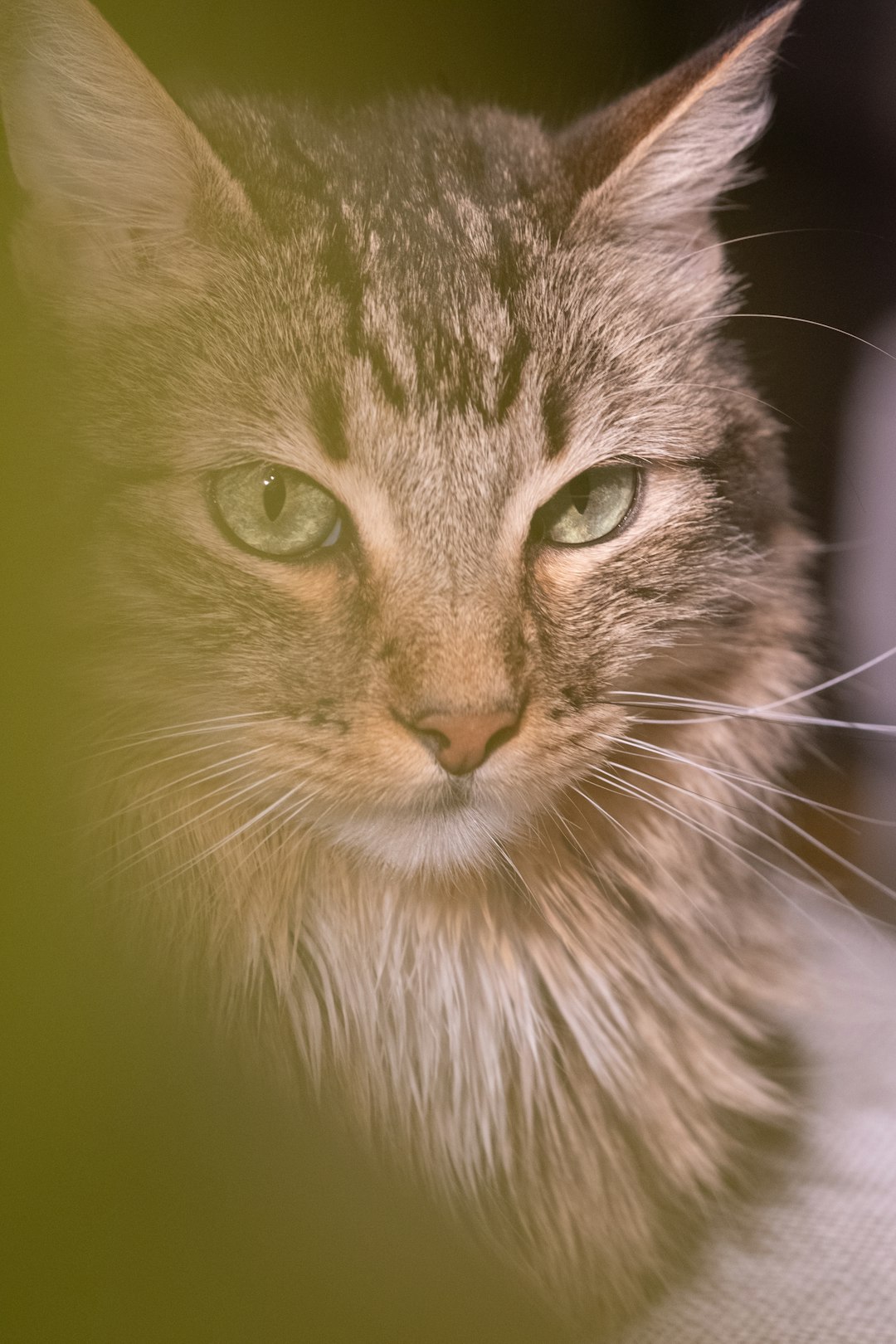
Health Considerations for Mixed Breeds
When it comes to the bengal and domestic short hair cat mix, understanding health considerations becomes essential for ensuring their well-being. Both parent breeds offer unique health profiles that can influence the mixed breed’s health.
Common Health Issues:
Bengal Cats:
- Hypertrophic cardiomyopathy (HCM)
- Respiratory problems due to a flat face
Domestic Shorthair Cats:
- Obesity-related conditions
- Dental disease
Potential Health Benefits:
- Hybrid Vigor: Mixed breeds often enjoy greater genetic diversity, leading to lower risks of inherited diseases.
- Adaptability: The bengal and domestic short hair cat mix may adapt better to various living conditions, enhancing their overall health.
Regular Vet Check-ups:
- Schedule routine examinations for early detection of potential issues.
- Vaccinations and preventive care are crucial for maintaining a healthy lifestyle.
In summary, while a bengal and domestic short hair cat mix may inherit some health challenges from both parent breeds, they can also benefit from hybrid vigor and a robust immune system. Prioritizing regular veterinary care will help maintain their health.
Grooming Needs for Bengal and Domestic Shorthair Mix
Caring for a bengal and domestic short hair cat mix requires a well-thought-out grooming routine. While both parent breeds have unique characteristics, their grooming needs often overlap, making it easier for cat owners. Here are essential grooming tips:
Brushing:
- Aim for once a week to remove loose hair and reduce shedding.
- Use a fine-toothed comb or a rubber brush to keep the coat healthy.
Bathing:
- Occasional baths (every few months) can help maintain cleanliness, especially for active cats.
- Use a gentle cat shampoo to avoid skin irritation.
Nail Trimming:
- Trim nails every 2-3 weeks to prevent overgrowth.
- Regular trimming also prevents scratching furniture.
Ear Cleaning:
- Check ears weekly for dirt or wax buildup using a vet-approved cleaner.
Dental Care:
- Brush your cat’s teeth at least 2-3 times a week to maintain oral health.
By understanding the grooming needs of a bengal and domestic short hair cat mix, you can ensure they remain healthy, comfortable, and beautiful!
Ideal Living Conditions for These Cats
When considering the ideal living conditions for a bengal and domestic short hair cat mix, it’s essential to cater to both the energetic spirit of the Bengal lineage and the adaptability of the Domestic Shorthair. Here are key aspects to consider:
Space: These cats thrive in homes with ample room to roam and play. A moderately sized house or an apartment with vertical spaces (like cat trees) will enrich their environment.
Enrichment: Provide interactive toys and scratching posts to keep their minds stimulated. This is crucial for a bengal and domestic short hair cat mix, as they require both physical and mental exercise.
Safety: Ensure your living space is safe. Install screens on windows and keep toxic plants and small objects out of reach.
Comfort: Create cozy resting spots. These cats enjoy napping; thus, provide soft bedding in quiet areas.
Companionship: While they can be independent, a bengal and domestic short hair cat mix benefits from social interaction. Consider adopting in pairs or ensuring ample playtime with humans.
By addressing these conditions, you enhance your mixed breed’s well-being, ensuring they lead a happy and healthy life.
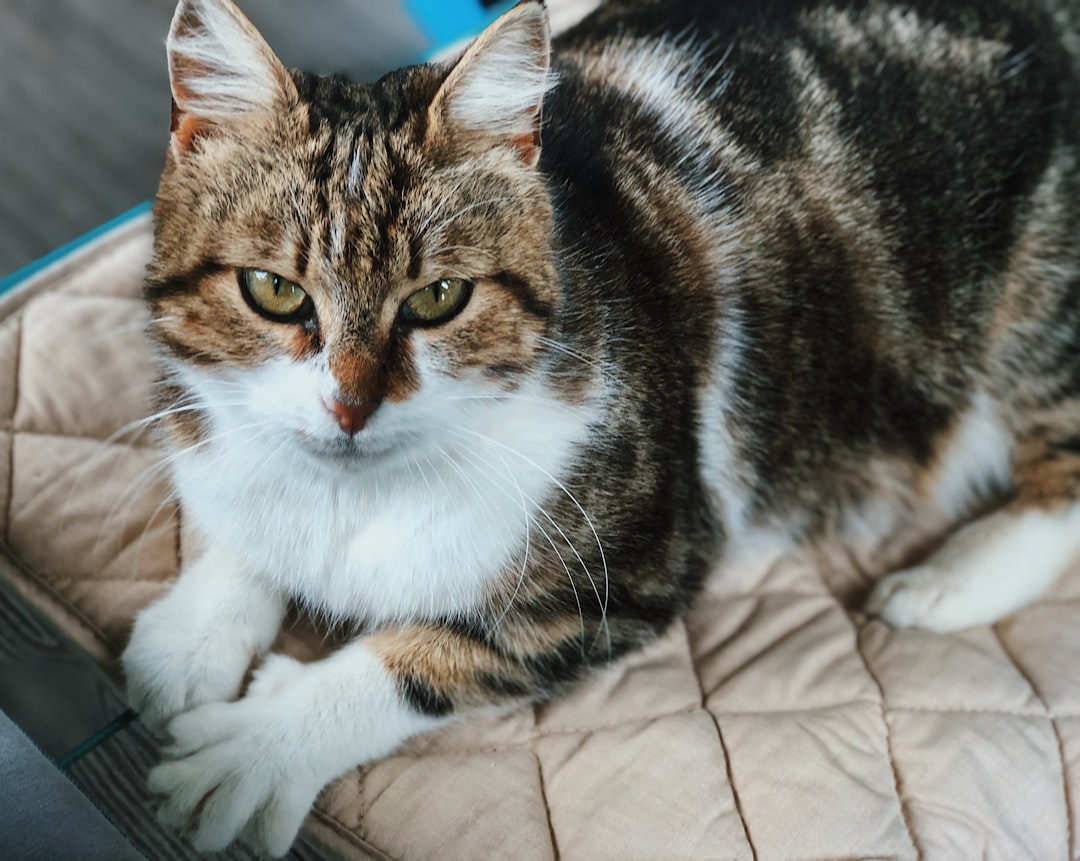
Training Tips for Bengal and Domestic Shorthair Mix Cats
Training a bengal and domestic short hair cat mix can be both rewarding and enjoyable. These cats possess a blend of intelligence and curiosity, making them receptive to various training techniques. Here are some effective tips to help you train your mixed breed:
- Start Early: Begin training as a kitten to instill good habits.
- Use Positive Reinforcement: Reward desired behaviors with treats and praise.
- Be Consistent: Employ the same commands and techniques to avoid confusion.
- Short Sessions: Keep training sessions brief (5-10 minutes) to maintain their attention.
- Interactive Play: Engage them with toys during training to make learning fun.
- Set Up a Routine: Cats thrive on consistency; establish a daily training schedule.
Comparison of Training Techniques
| Technique | Effectiveness |
|---|---|
| Positive Reinforcement | High |
| Consistency in Commands | High |
| Short Training Sessions | Medium |
Adopting these strategies will help you cultivate a well-mannered bengal and domestic short hair cat mix. Remember, patience is key!
Frequently Asked Questions
What are the primary characteristics of a Bengal and Domestic Shorthair cat mix?
The Bengal and Domestic Shorthair cat mix typically combines the striking appearance of the Bengal, known for its spotted or marbled coat and agile, athletic build, with the more varied and rounded features of the Domestic Shorthair. This mix often results in a cat that is vibrant and expressive, showcasing a variety of coat patterns and a friendly yet spirited personality. They tend to be active and playful, requiring physical exercise and mental stimulation, reflecting the intelligence of both parent breeds.
How do the temperaments differ between Bengals and Domestic Shorthairs?
Bengal cats are usually known for their high energy levels, playfulness, and inquisitive nature, making them quite engaging companions. They often display a more extroverted attitude, and their intelligent nature means they require ample stimulation to prevent boredom. In contrast, Domestic Shorthairs exhibit a more varied temperament due to their diverse breeding; they may range from calm and laid-back to playful and energetic. A mix of these two can lead to a cat that is social, affectionate, and enjoys interactive play, but also appreciates quiet moments.
Are Bengal and Domestic Shorthair mixes suitable for families with children?
Yes, Bengal and Domestic Shorthair mixes can be excellent companions for families with children. Their playful nature, combined with the affectionate demeanor often found in Domestic Shorthairs, means they can adapt well to a family setting. However, it’s essential to ensure that interactions with children are supervised, as Bengals are sometimes more energetic. Teaching children how to interact gently with the cat can lead to a harmonious relationship, making them a delightful addition to a family home.
What care considerations should be kept in mind for a Bengal and Domestic Shorthair mix?
When caring for a Bengal and Domestic Shorthair mix, it’s important to provide regular opportunities for physical activity due to their energetic nature. Interactive playtime with toys, climbing structures, and safe outdoor access can help keep them stimulated. Additionally, maintaining a balanced diet, regular veterinary visits, and proper grooming are vital for their health. Mental stimulation, such as puzzle toys, can also help satisfy their curious minds. Overall, consistent engagement and affection will ensure they thrive both physically and emotionally.

